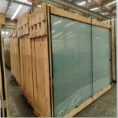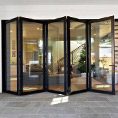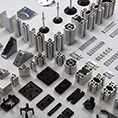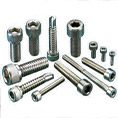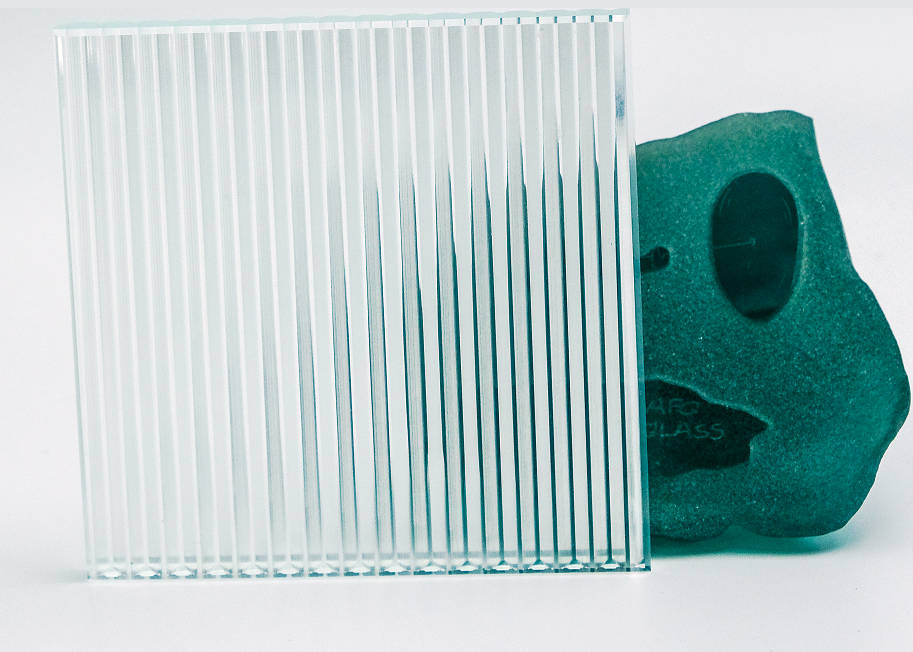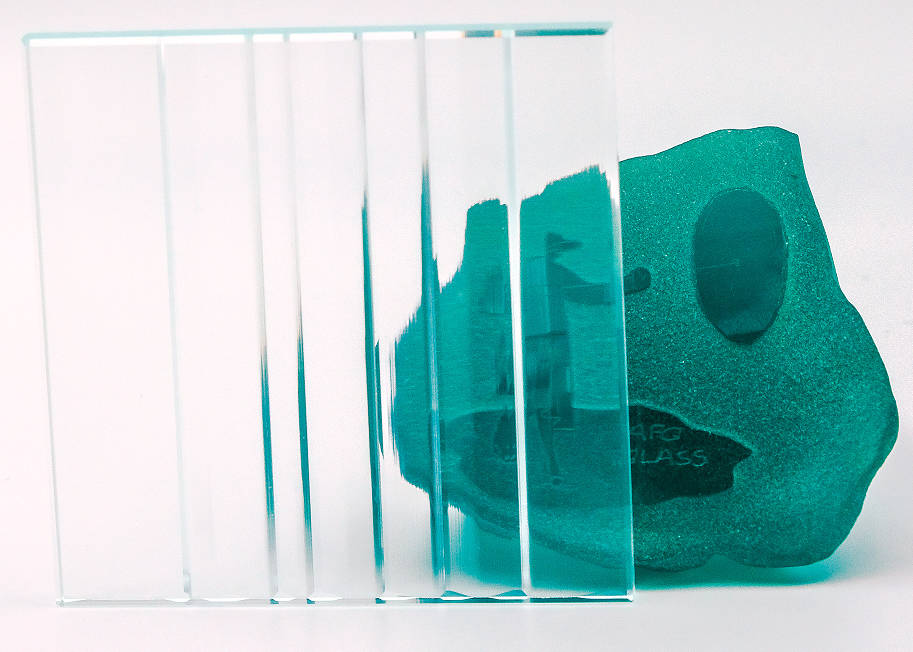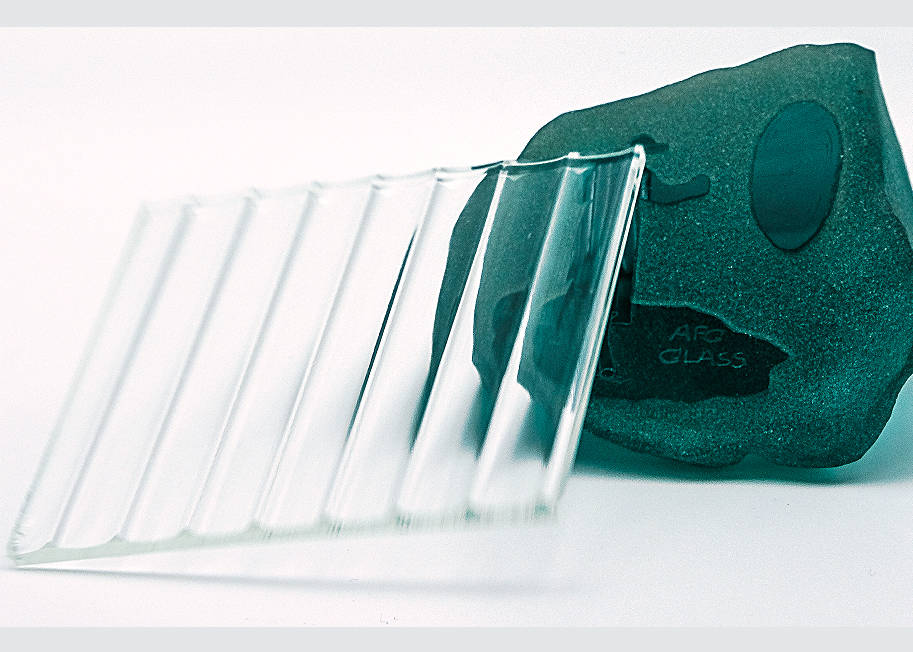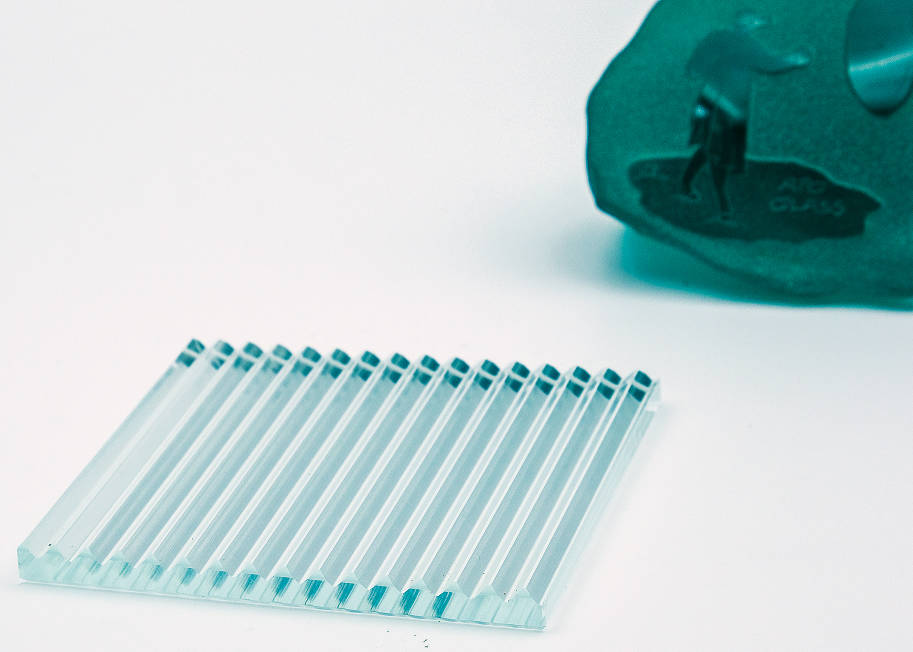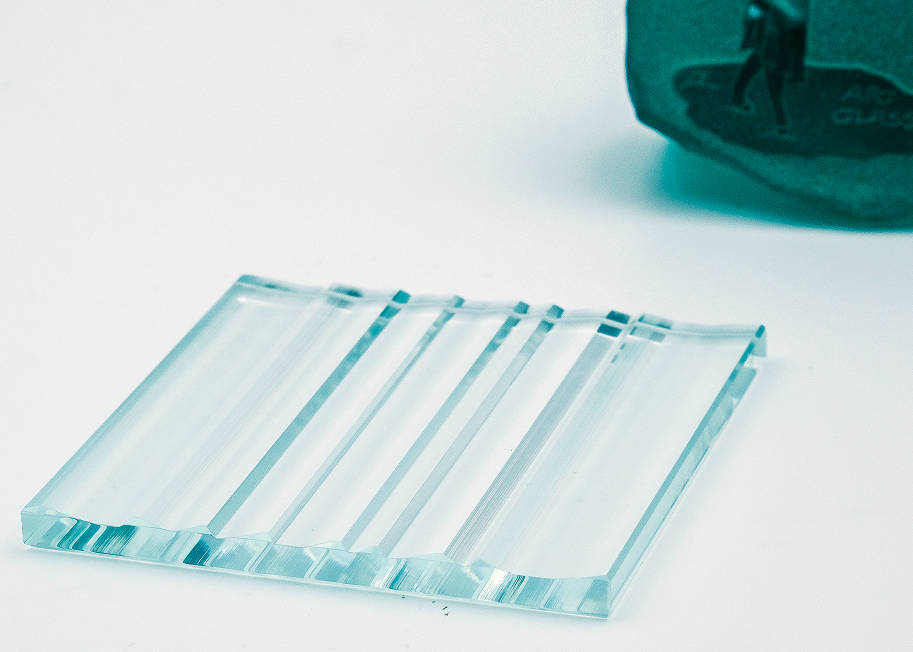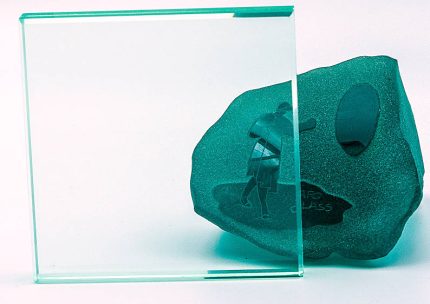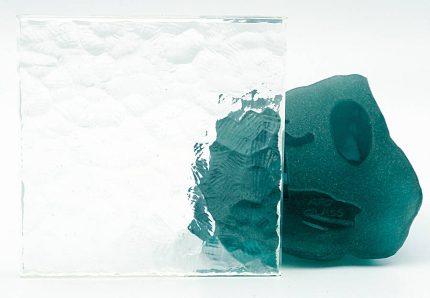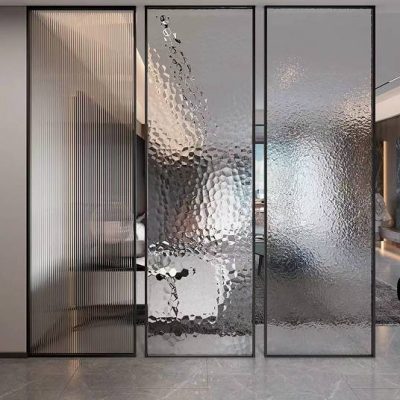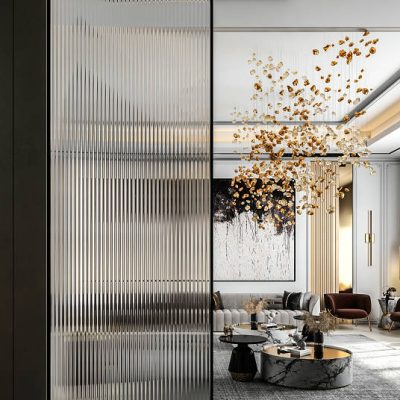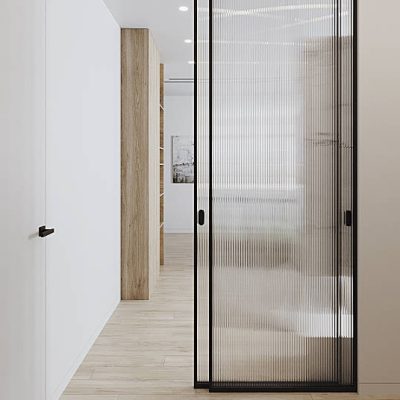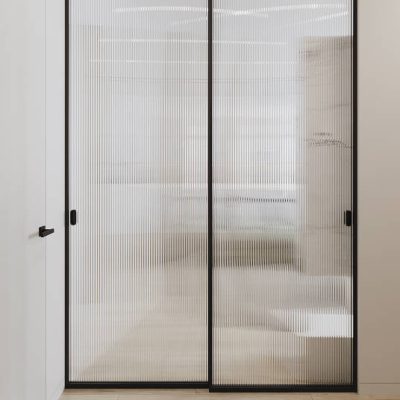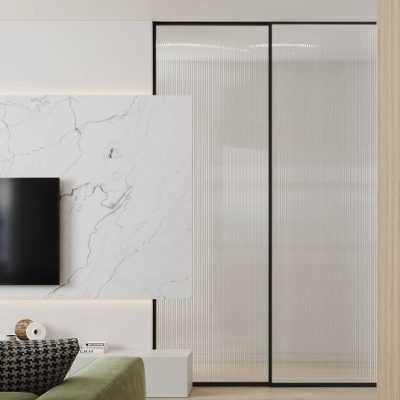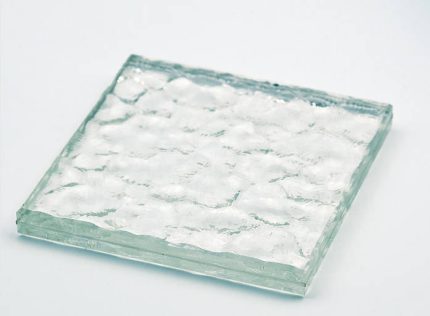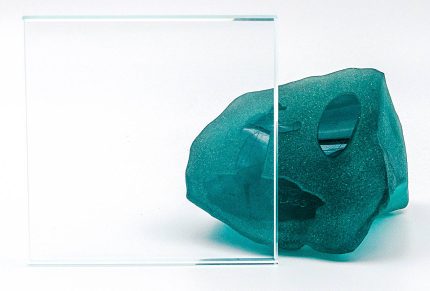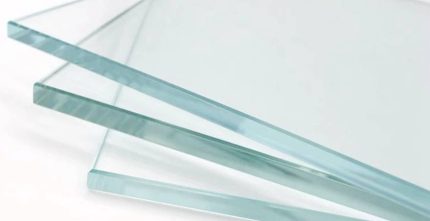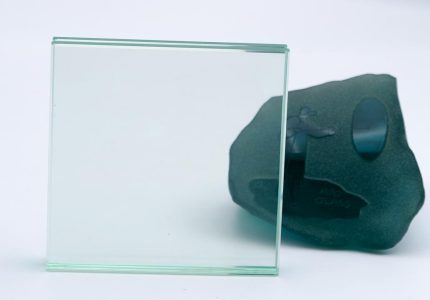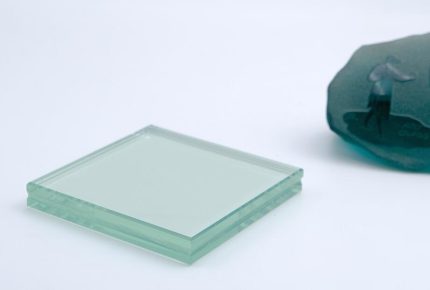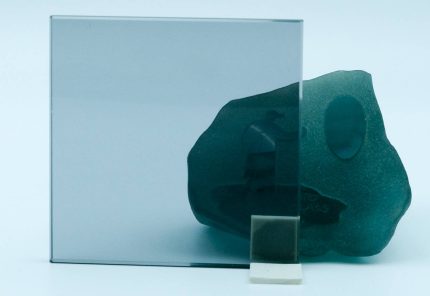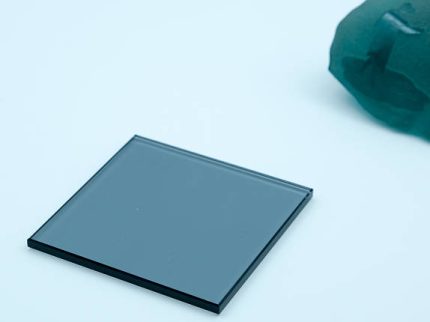CHARACTERISTICS:
- Parallel Grooves: The surface of grooved glass is characterized by a series of parallel grooves or channels, typically created through a mechanical or etching process.
- Diffused Light Transmission: The grooved surface helps to diffuse and scatter light, creating a soft, diffused illumination effect.
- Textured Appearance: The grooves provide a textured and dimensional appearance to the glass, adding visual interest and tactile appeal.
- Customizable Patterns: The size, depth, and spacing of the grooves can be customized to achieve different visual effects and patterns.
- Versatility: Grooved glass can be used in a variety of applications, from architectural elements to decorative items.
APPLICATION SCENARIOS:
- Architectural Glazing: Grooved glass is commonly used for windows, partitions, and other architectural elements, providing a unique visual texture and light diffusion.
- Shower Enclosures and Bathroom Fixtures: The textured surface of grooved glass is well-suited for shower doors, bathroom vanities, and other wet area applications, offering both privacy and aesthetic value.
- Furniture and Cabinetry: Grooved glass can be incorporated into furniture, such as tabletops, shelves, and cabinet doors, adding a distinctive and contemporary look.
- Lighting Fixtures: The diffused light transmission through grooved glass creates a soft, glowing effect, making it a popular choice for lighting applications.
- Decorative Accents: Grooved glass can be used to create a variety of decorative items, such as vases, bowls, and other home decor pieces.
In summary, grooved glass is a unique and visually striking decorative glass option that offers a distinct textured surface, light diffusion, and versatile applications in both architectural and interior design contexts.


